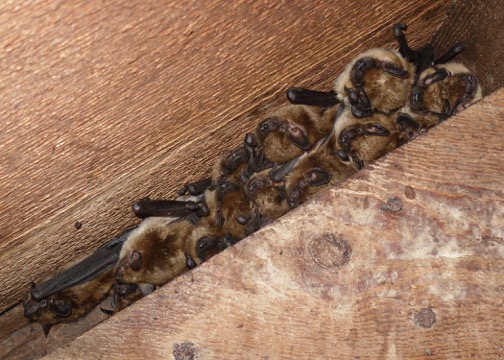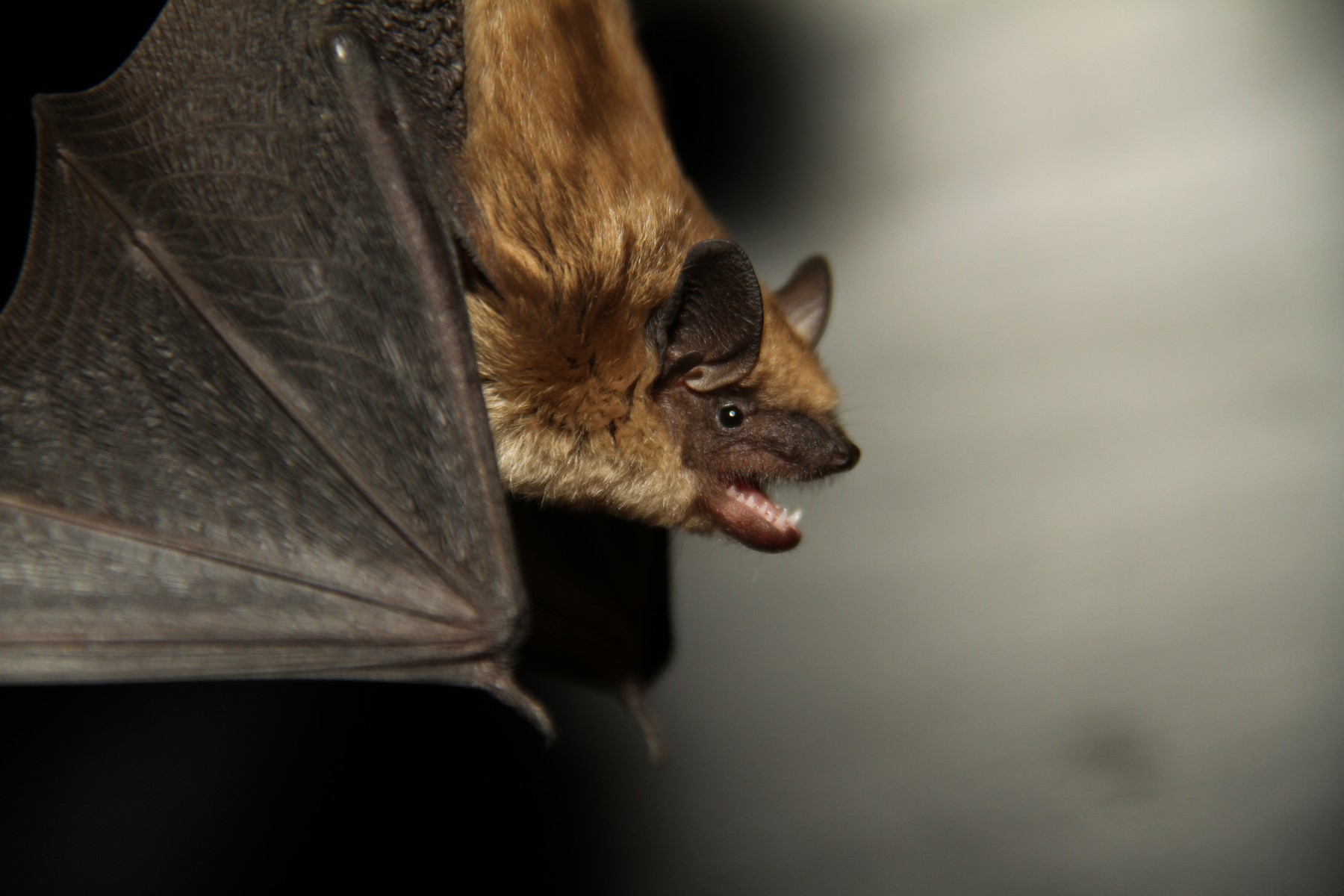Going batty with bats?
For anyone noticing more bats around the house or property, you are not alone.
Mid-summer is the time when landowners typically notice more bat activity, may have bats flying into their house, and occasionally find a bat on the ground or roosting in unusual locations.
These surprise visitors are usually the young pups.
“In July and August, pups are learning to fly, and their early efforts may land them in locations where they are more likely to come in contact with humans,“ says Mandy Kellner, biologist and coordinator with the BC Community Bat Project.
Kellner said the long spell of hot dry weather has also made bats, like humans, desperate for a drink and more likely to come out before darkness to satisfy their thirst.
The Kootenay Community Bat Project (KCBP), funded by the Habitat Conservation Trust Foundation, the Habitat Stewardship Program, Government of BC, Columbia Basin Trust, Columbia Valley Local Conservation Fund and the Kootenay Lake Conservation Fund, has received numerous calls reporting bats in unusual locations this summer. For landowners who find a bat in need of assistance or find dead bats, the project has a 1-800 number with regional coordinators across the province able to offer advice. Bats in BC have very low levels of rabies infections, but any risk of transmission should not be treated lightly. Contact a doctor or veterinarian if a person or pet could have come into direct contact (bitten, scratched etc.) with a bat.
Female bats gather in maternity colonies in early summer, where they will remain until the pups are ready to fly. Some species of bats have adapted to live in human structures, and colonies may be found under roofs or siding, or in attics, barns, or other buildings. Having bats is viewed as a benefit by some landowners, who appreciate the insect control. Others may prefer to exclude the bats. Under the BC Wildlife Act it is illegal to exterminate or harm bats, and exclusion can only be done in the fall and winter after it is determined that the bats are no longer in the building. Again, the KCBP can offer advice and support.
To find out more and download the “Seven Steps to Managing Bats in Buildings” booklet, visit www.bcbats.ca. In some parts of BC, biologists from Community Bat Programs are able to visit landowners to provide site specific advice on bat conservation and management. To contact your local community bat program, call 1-855-9BC-BATS [x. 14 (East Kootenay) and x. 250 (West Kootenay].


























Comments